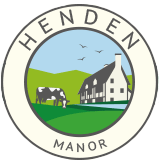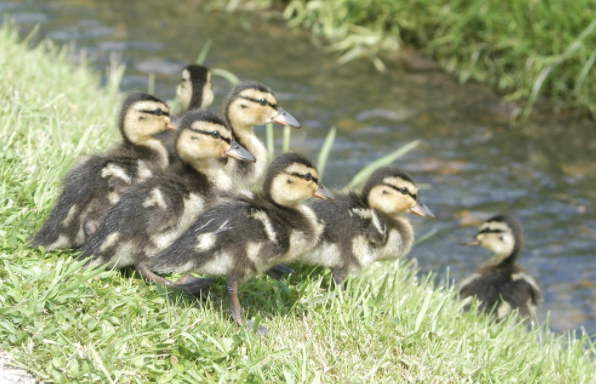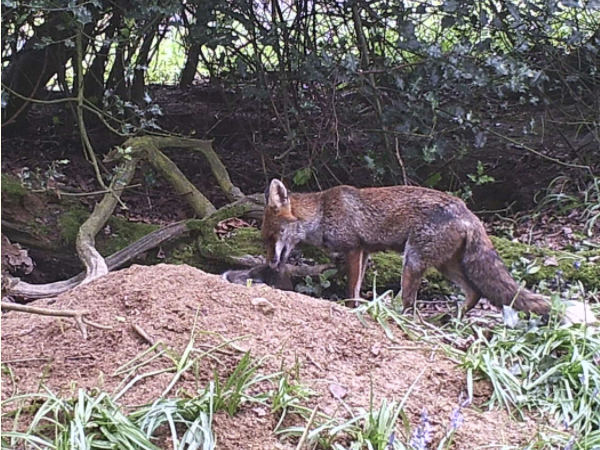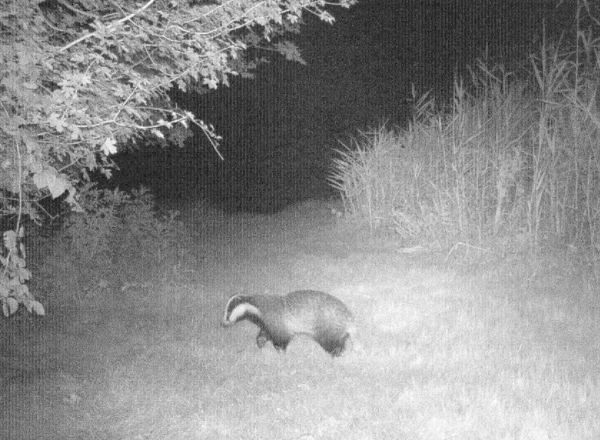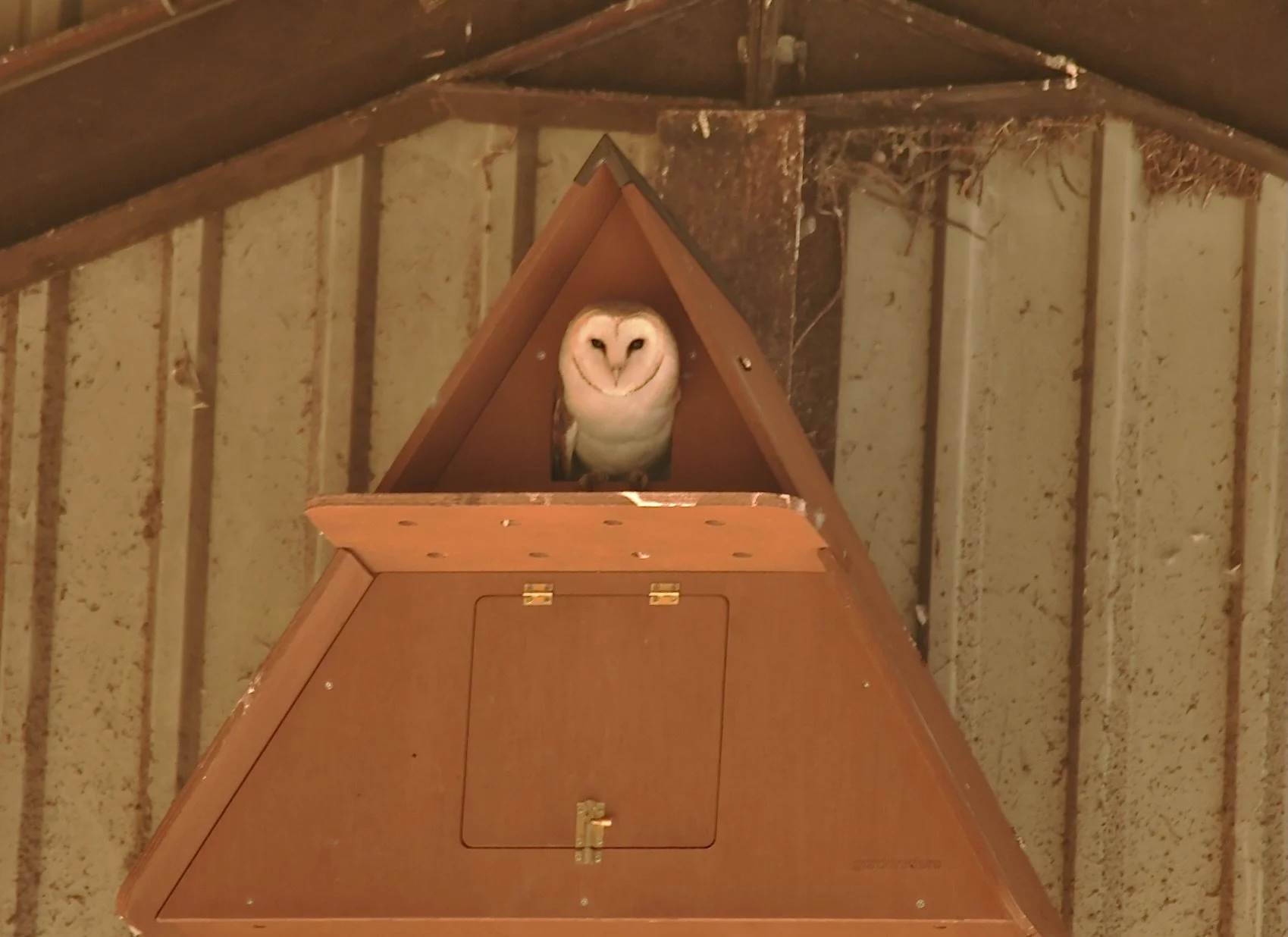Our Wildlife
As with all parts of Kent, Henden has a fantastic range of wildlife. We have done our best to encourage the growth and diversity of this wildlife with the management of our woods and the setting aside of areas that we call amenity land. We have 89 acres of woodland, 10 acres of shaws, 11 acres of “amenity land” and over three acres over two reservoirs. This total of 113 acres represents around 23% of our total land. Of the rest, we have 308 acres of fields available for arable, 62 acres for grazing and approximately 17 acres under buildings and gardens.
Since we have owned the estate the population of bees, hornets, butterflies, dragonflies, bats and a whole range of flying creatures has increased significantly. On the bird front, we have all of the usual suspects when it comes to the common birds. Buzzards started appearing around the year 2000 and in 2018 the Red Kite was seen for the first time. Today, we see these birds often. We have the Hobby as well, which is a real pleasure given sightings being rare. We also have barn owls nesting in one of our barns and in boxes elsewhere on the Estate. These are magical birds to watch flying and at work.
We have a good collection of mammals from small mice upwards. Again, their numbers have increased. We have foxes and badgers, too. In a few instances some of these mammals need a bit of management. For example, the number of deer has increased considerably. A small, but sensible cull programme of the deer allows us to supply first class venison to the Chapter One restaurant in Farnborough Common near Orpington. An association we are proud of.
For some 13 years we had a pheasant shoot on our estate. It was for friends and family. During that time we employed a gamekeeper, who was successful in keeping the number of carrion birds and squirrels at bay. This allowed the rest of the wildlife to flourish. For a range of reasons we decided to close the shoot in 2013. Since then the number of carrion birds and squirrels have grown significantly, clearly to the detriment of the smaller birds and ducks. We are now doing what we can to reverse this trend.
Our wildlife, notably some of the bird life and fish have suffered, too, as mink have arrived. Again, we are working to stop this suffering. Mink are not native to our area, but arrived from the east, from Hampshire. In 1998, animal rights activists released an estimated 6,000 mink from a farm. Setting aside the debate as to whether or not one should breed animals for fur to be worn there is no doubt whatsoever that the scale of damage to wildlife directly caused by this release has been devastating.
We will continue to do our bit to promote diverse but indigenous wildlife. It is something to be truly enjoyed and valued throughout the seasons.
The photos shown here were all taken on the estate, some by wildlife cameras that we place out every now and then. The ducklings shown were looked after by us after their nest was interfered with and Mum and Dad went elsewhere. We are happy to report that they all survived their time with us and that we successfully released them back into the wild. We like to think, one or two or their offspring revisit us every year. One of our daughters found the best way to teach them to fly was to offer food the other side of the moat. After a while one or two realised that if they could fly across they would get there before the others who had stuck to swimming - eventually, they all got the message!
